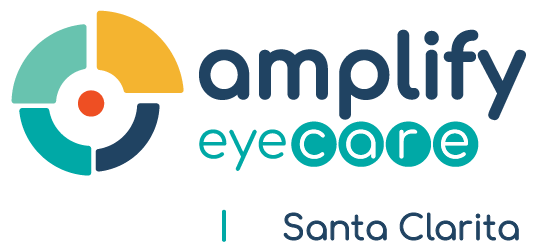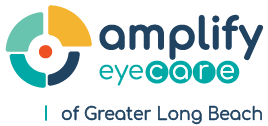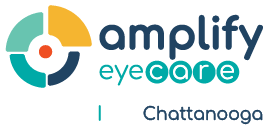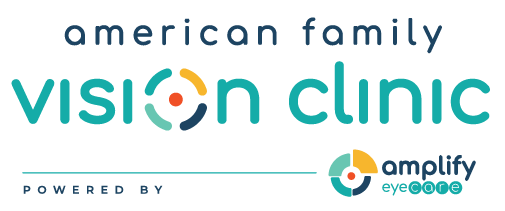We address two questions concerning eye guidance during visual search in naturalistic scenes. First, search has been described as a task in which visual salience is unimportant. Here, we revisit this question by using a letter-in-scene search task that minimizes any confounding effects that may arise from scene guidance. Second, we investigate how important the different regions of the visual field are for different subprocesses of search (target localization, verification). In Experiment 1, we manipulated both the salience (low vs. high) and the size (small vs. large) of the target letter (a “T”), and we implemented a foveal scotoma (radius: 1°) in half of the trials. In Experiment 2, observers searched for high- and low-salience targets either with full vision or with a central or peripheral scotoma (radius: 2.5°). In both experiments, we found main effects of salience with better performance for high-salience targets. In Experiment 1, search was faster for large than for small targets, and high-salience helped more for small targets. When searching with a foveal scotoma, performance was relatively unimpaired regardless of the target's salience and size. In Experiment 2, both visual-field manipulations led to search time costs, but the peripheral scotoma was much more detrimental than the central scotoma. Peripheral vision proved to be important for target localization, and central vision for target verification. Salience affected eye movement guidance to the target in both central and peripheral vision. Collectively, the results lend support for search models that incorporate salience for predicting eye-movement behavior.







